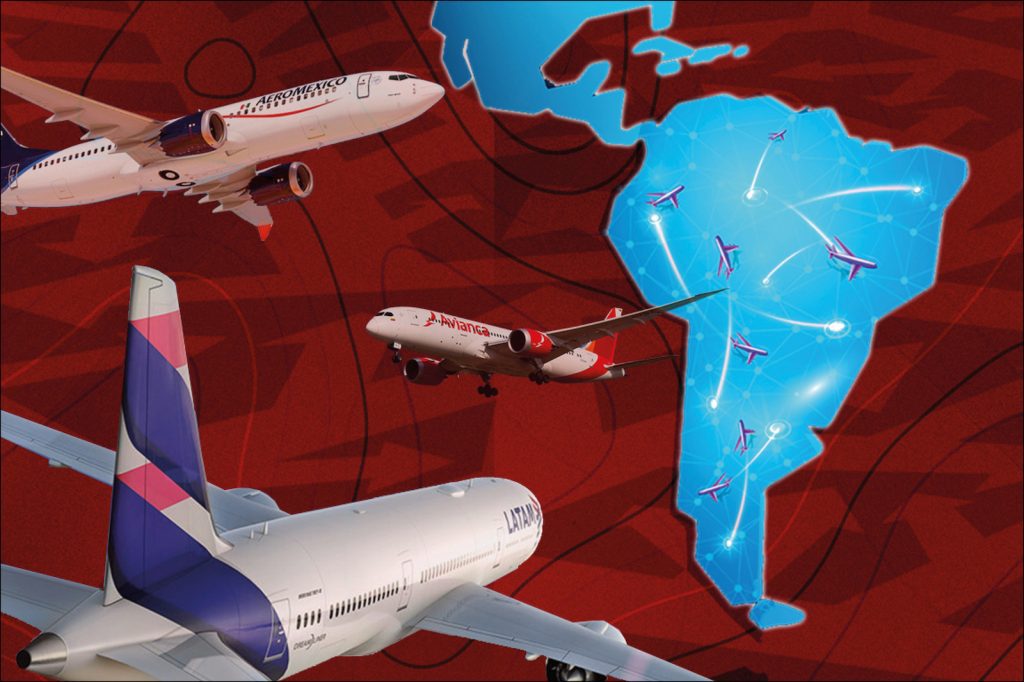Skift Take
No part of the world is seeing as many big changes to the airline business as Latin America. The final shape is still opaque, but one thing is clear for the region's aviation industry: All eyes are watching closely for how this transformation unfolds.
Twelve minutes. That’s all the time it took for the board of directors of Avianca, the second largest airline in Latin America, to set the fate of the carrier and begin a series of sweeping changes to the airline industry in the region.
The date was May 10, 2020. It was a partly cloudy spring Wednesday in Bogotá, where Avianca is headquartered. The weather, however, was likely of little consequence to the board that met via teleconference to decide the airline’s fate at 8:03 a.m. local time. Dialing, or Zooming possibly, in were its 10 directors, including then chief financial officer and now CEO Adrian Neuhauser.
In front of them was a momentous decision: Whether or not to take Avianca into bankruptcy given, as minutes from the meeting show, the airline’s cash flows were “severely impacted by the effects of the Covid-19 pandemic.” If they voted yes, it would be the largest airline bankruptcy to that point in the crisis.
All of the facts in front of the board pointed to a yes vote. Global air travel was a month off its pandemic nadir in April 2020. Airspace in Colombia, Avianca’s largest market, had been closed since March 20, and the airline’s flights suspended since March 25. And then there was the “uncertainty caused by the limited visibility that the industry [had] with respect to the demand recovery.”
Just over a month earlier, then director general of industry trade group the International Air Transport Association (IATA), Alexandre de Juniac, had warned that, without government aid to get through the liquidity crisis facing airlines, the industry would “run out of cash and over half the [airlines] die.”
And the Colombian government, as well as every other government in Latin America, had to that May morning declined to provide any aid to the region’s airlines.
By 8:15 a.m. it was done: The board voted to take Avianca into Chapter 11 and the meeting was adjourned. By 1 p.m. that day, the airline had filed the necessary documents with the court in New York and it was officially bankrupt.
“When we did it, we saw no other viable path,” Neuhauser said with the benefit of hindsight at the annual meeting of the region's aviation trade group, ALTA, in Buenos Aires this October. “In retrospect, it allowed us to survive. It gave us time to breathe. It gave us time to reflect on who we are and why we do what we do.”
Avianca was the f
